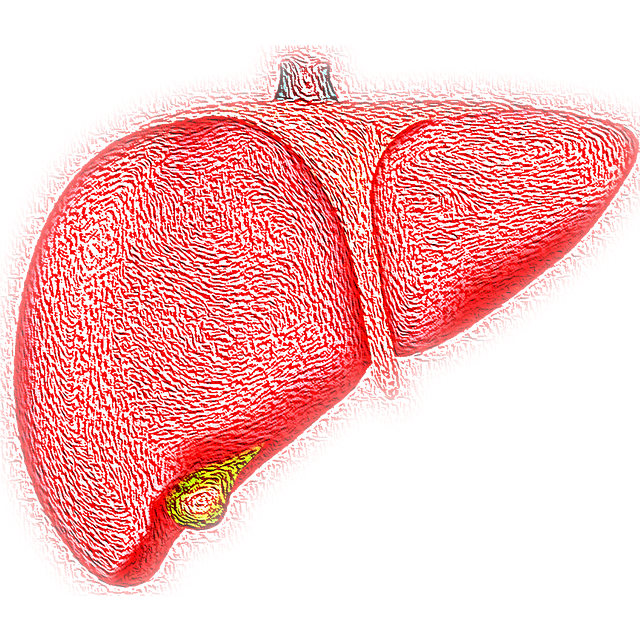What is jaundice, who gets jaundice and what are the ways to treat this disease?

Jaundice is a disorder that occurs in the liver, and this disorder increases bilirubin in the blood and causes yellowing of the whites of the eyes and skin.
Some diseases also increase bilirubin and liver disorders.
These diseases include:
Liver cancer, gallstones, hepatitis.
What are the symptoms of jaundice in babies?
Most babies at birth due to weakness in the liver, their blood bilirubin increases, and these babies suffer from jaundice, which takes about 7-21 days to recover.
When the baby is faced with an increase in bilirubin above 5, the whites of the eyes, the skin of the body, and the forehead, in a more severe case, the inside of the baby’s mouth also turns yellow.
After the increase of blood bilirubin in babies, the best treatment is to put the baby inside the photograph machine.
In order for the baby’s eyes not to be damaged, they blindfold them take off the baby’s clothes, and place them inside the machine.
This device causes the bilirubin in the blood to leave the body through urine and feces.
The baby should be given plenty of fluids.
It is better to use serum when placing the child under the machine to get enough fluids to the body.
If the bilirubin in the blood is not lowered by the device, the doctor is forced to perform an exchange blood transfusion in order to avoid harm to the baby. do Most babies recover with this method.
Jaundice symptoms in adults:
Symptoms of jaundice in adults and children are almost different.
Since jaundice is a silent disease, the symptoms appear suddenly.
In most cases, inflammation also causes jaundice in adults.
Jaundice symptoms in adults:
1- Fever and chills due to inflammation in the body
2- Vague and long abdominal pain in the upper right side of the abdomen
3- Flu-like symptoms
4- The color of the skin and the whites of the eyes become yellow
5- Urine color change
6- Diarrhea and stool color changes to gray
7- Severe itching of the skin
8- Weight loss without diet
9- Severe lethargy in the body
Note that the symptoms of jaundice appear suddenly.
If you have fever, chills, nausea, diarrhea, vomiting, or vague abdominal pains, see a doctor immediately so that treatment can start quickly.
What are the causes of jaundice in adults?
If there is a problem in the liver, the liver cannot remove the chemicals that come in the form of bilirubin.
Bilirubin is created from the daily breakdown of red blood cells in the body. In this case, iron is separated from hemoglobin and turns into bilirubin. Bilirubin mixed with water enters the gallbladder.
Then it enters the small intestine from the gallbladder, some bilirubin enters the large intestine and causes brown stools, and some is excreted through urine.
If bilirubin is produced in excess, it is absorbed by the body through the walls of the intestine and liver, causing yellowing of the skin and whites of the eyes, and even changing the color of the stool.
Alcohol consumption, liver cancer, thalassemia, liver ulcers, gallstones, hepatitis, anemia, and drug use are among the causes of jaundice.
What are the ways to treat jaundice?
In most cases, jaundice can be treated with adequate rest, medication, and a balanced diet.
To achieve a faster recovery, the body needs to receive more fluids.
Consuming a lot of water, tea, and serum injections can help eliminate toxins caused by jaundice in the body.
It also prevents dehydration.
Consumption of fruits also causes free radicals with toxins to be removed from the body, and the best fruits for treating jaundice are:
Grapes, citrus fruits, cucumbers, watermelons.
Eat a lot of vegetables when you have jaundice, because by eating vegetables, you help your immune system to be stronger.
Also, consuming protein, especially marine protein, will help you a lot.
Leave a Reply